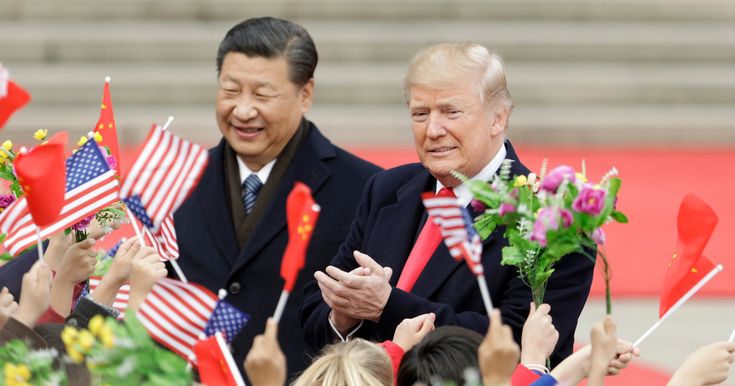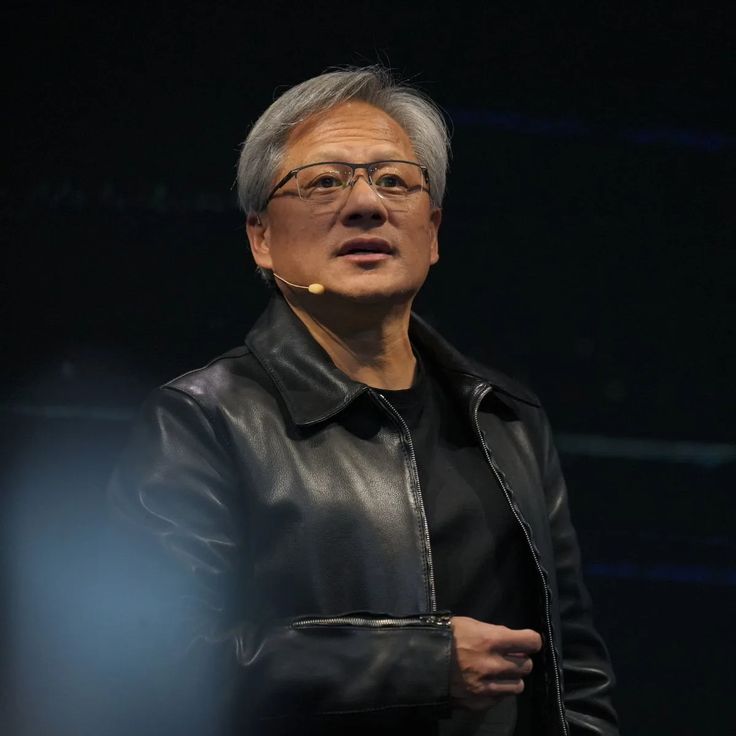Introduction
The China spectacle shows dangers of Trump’s high-risk trade policy in ways that go far beyond economics. On one side of the world, Beijing staged an enormous military parade in Tiananmen Square to mark the 80th anniversary of the end of World War Two. On the other, Donald Trump watched from Washington, offering a mix of admiration, grievance, and warning.
While the pageantry projected China’s growing power, it also revealed how Trump’s tariffs and “America First” economic agenda are reshaping global alignments. The China spectacle shows dangers of Trump’s high-risk trade policy not only in trade numbers, but in shifting geopolitical realities.
A Parade of Power
Thousands of Chinese soldiers marched in tight formation, cutting-edge missiles rolled across the square, and foreign leaders — including Vladimir Putin and Kim Jong Un — looked on. The message was unmistakable: China has emerged as a global military and political heavyweight.
For Trump, who has long admired parades, the event was both impressive and unsettling. He admitted he was watching closely. The China spectacle shows dangers of Trump’s high-risk trade policy here because it underscored how U.S. tariffs and nationalist rhetoric have accelerated new bonds between China, Russia, and even India.
Trump’s Mixed Reactions
At first, Trump dismissed the parade as no threat, saying he was “not concerned.” By nightfall, though, he was lashing out on Truth Social, accusing China of ignoring America’s role in World War Two and even suggesting conspiracies with Russia and North Korea.
The China spectacle shows dangers of Trump’s high-risk trade policy in this contradiction: while Trump downplays risks, he also fuels tensions with emotional responses that highlight U.S. isolation. His admiration for military displays contrasts sharply with Beijing’s forward-looking power projection, exposing a gap between nostalgia and strategy.
China’s Narrative Shift
Beyond weapons, the parade was also about rewriting history. By emphasizing China’s role in defeating fascism, Beijing is challenging the “American Century” narrative. As one U.S. official observed, “It’s the first step in rewriting the rules of the road.”
The China spectacle shows dangers of Trump’s high-risk trade policy here because tariffs and aggressive diplomacy have pushed nations like China and India closer together, while Washington risks losing influence over the very narratives that define global power.
Xi, Putin, and Modi: A New Triangle
Perhaps more troubling for Washington was the image of Xi Jinping, Vladimir Putin, and Narendra Modi together at an economic summit in Tianjin. Historically, India has had frosty ties with China. Yet Trump’s tariffs on both nations have created common ground.
This geopolitical realignment shows how the China spectacle shows dangers of Trump’s high-risk trade policy: instead of isolating Beijing, Trump’s policies risk driving major economies into each other’s arms, challenging the U.S.-led order.
Tariffs and Legal Trouble at Home
Trump’s “America First” trade agenda has already created friction abroad, but it now faces hurdles at home. A U.S. appellate court recently ruled that many of his tariffs may have been based on a faulty interpretation of federal law. Trump vowed to appeal to the Supreme Court, but even conservative justices may balk at such sweeping presidential authority.
Here, too, the China spectacle shows dangers of Trump’s high-risk trade policy: while the White House claims tariffs protect U.S. industries, the legal foundation is shaky. If courts strike down the measures, America could be left without leverage just as rivals consolidate power.
A Nostalgic Vision vs. a Futuristic One
Trump’s military parades — featuring World War Two tanks and Revolutionary War costumes — embody nostalgia. By contrast, China’s parade unveiled hypersonic missiles, drones, and advanced aircraft.
The China spectacle shows dangers of Trump’s high-risk trade policy in this symbolic contrast: while Washington looks backward, Beijing projects a future of high-tech dominance and global leadership.
Risks Without Rewards
Trump argues that tariffs are vital for protecting American workers and restoring national pride. Yet the China spectacle shows dangers of Trump’s high-risk trade policy because the costs may outweigh the benefits.
- U.S. allies in Asia worry about being caught between powers.
- Russia, China, and India are aligning in new economic forums.
- Legal challenges threaten the tariff system at home.
- Global confidence in U.S. leadership is declining.
What was meant as a strategy to ensure American strength risks instead accelerating the decline of its global influence.
Conclusion
The China spectacle shows dangers of Trump’s high-risk trade policy more vividly than any set of economic charts could. Beijing’s parade demonstrated military might, political unity, and growing international partnerships — all while the U.S. wrestles with legal challenges and diplomatic fallout from tariffs.
Whether in Tiananmen Square or American courtrooms, the risks of Trump’s approach are clear: a high-stakes gamble that could reshape the world order, but not necessarily in America’s favor.


